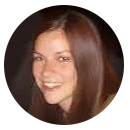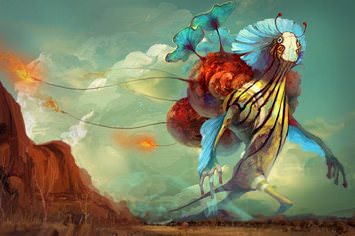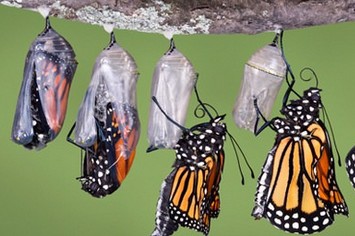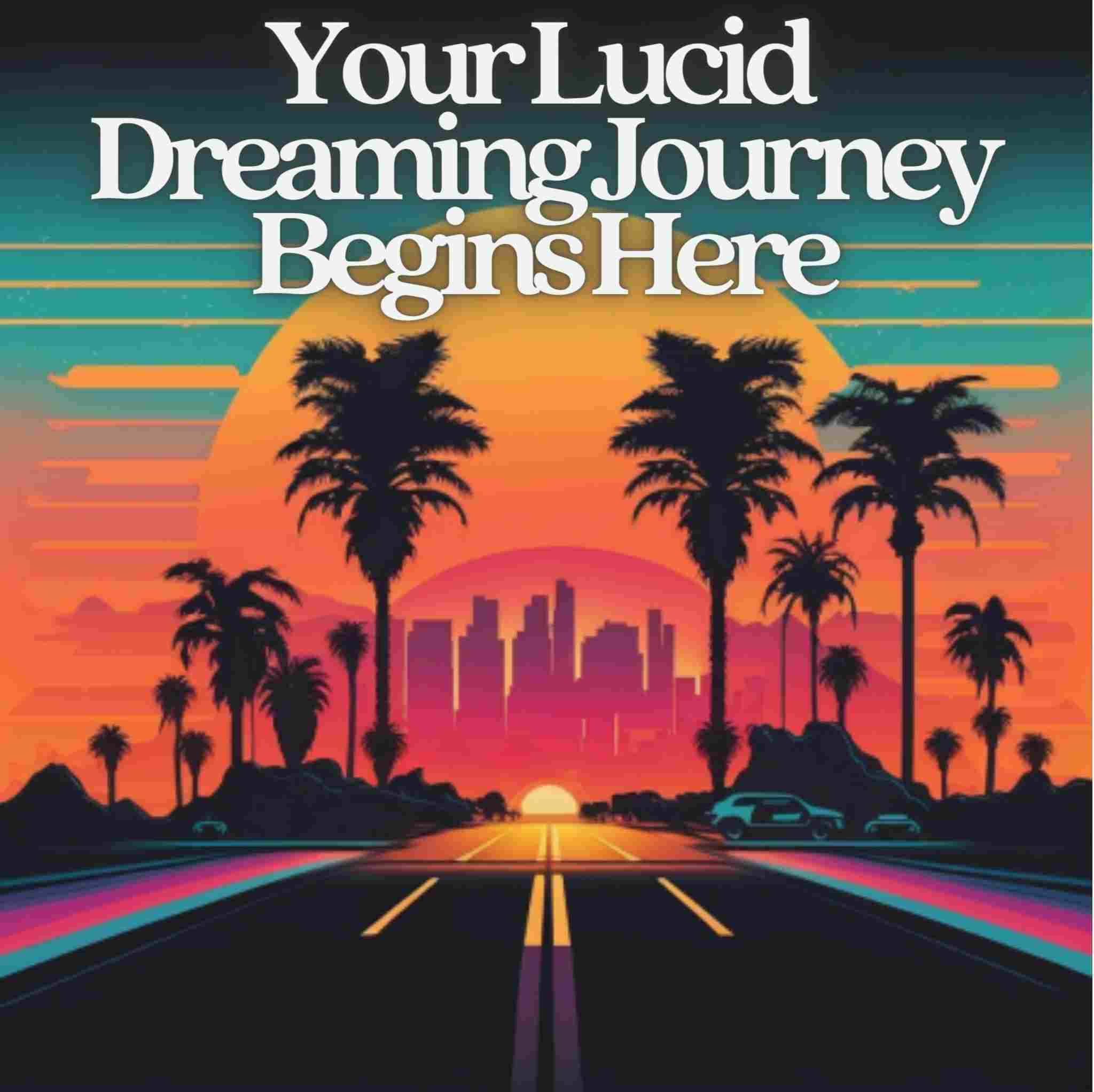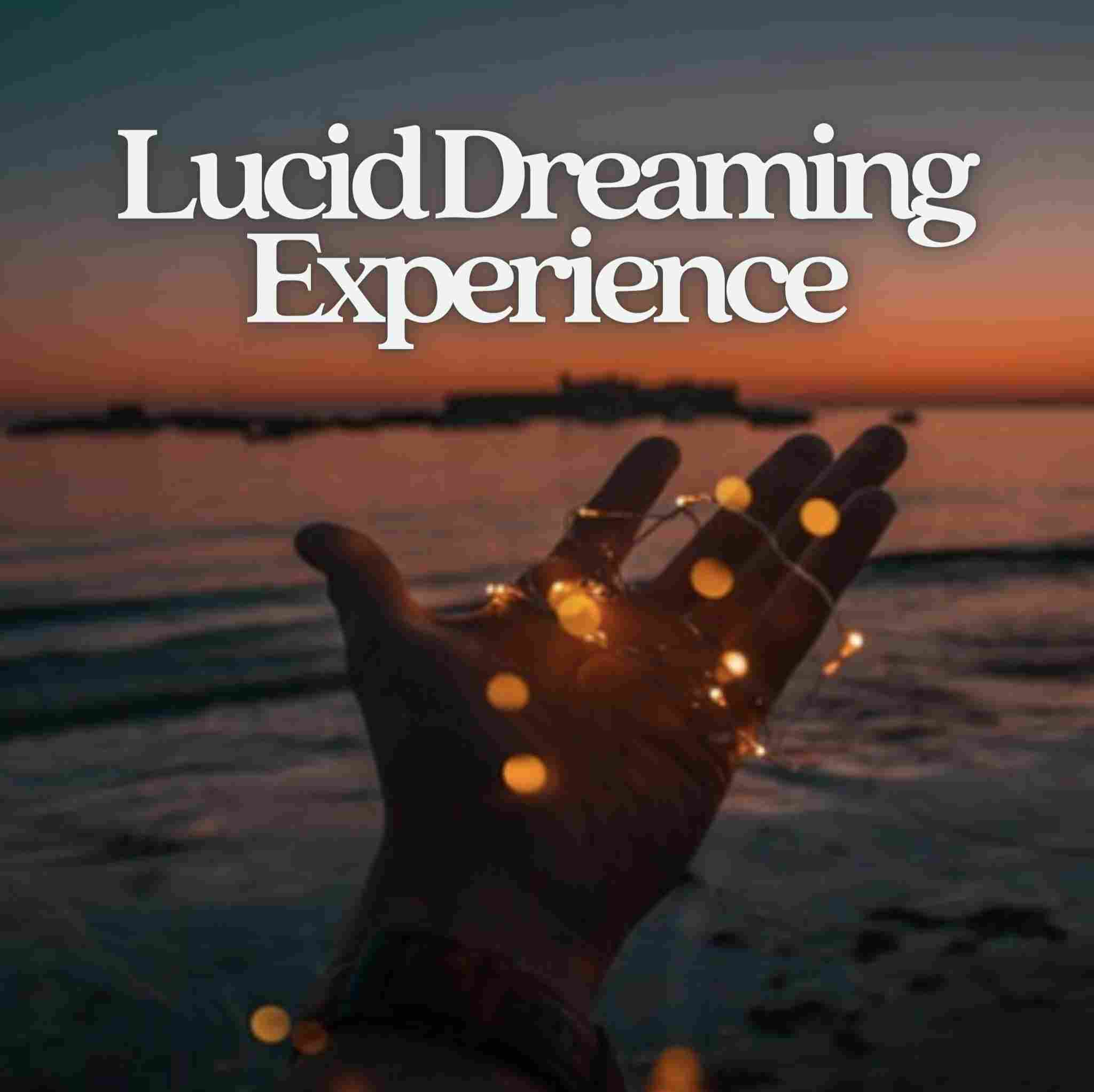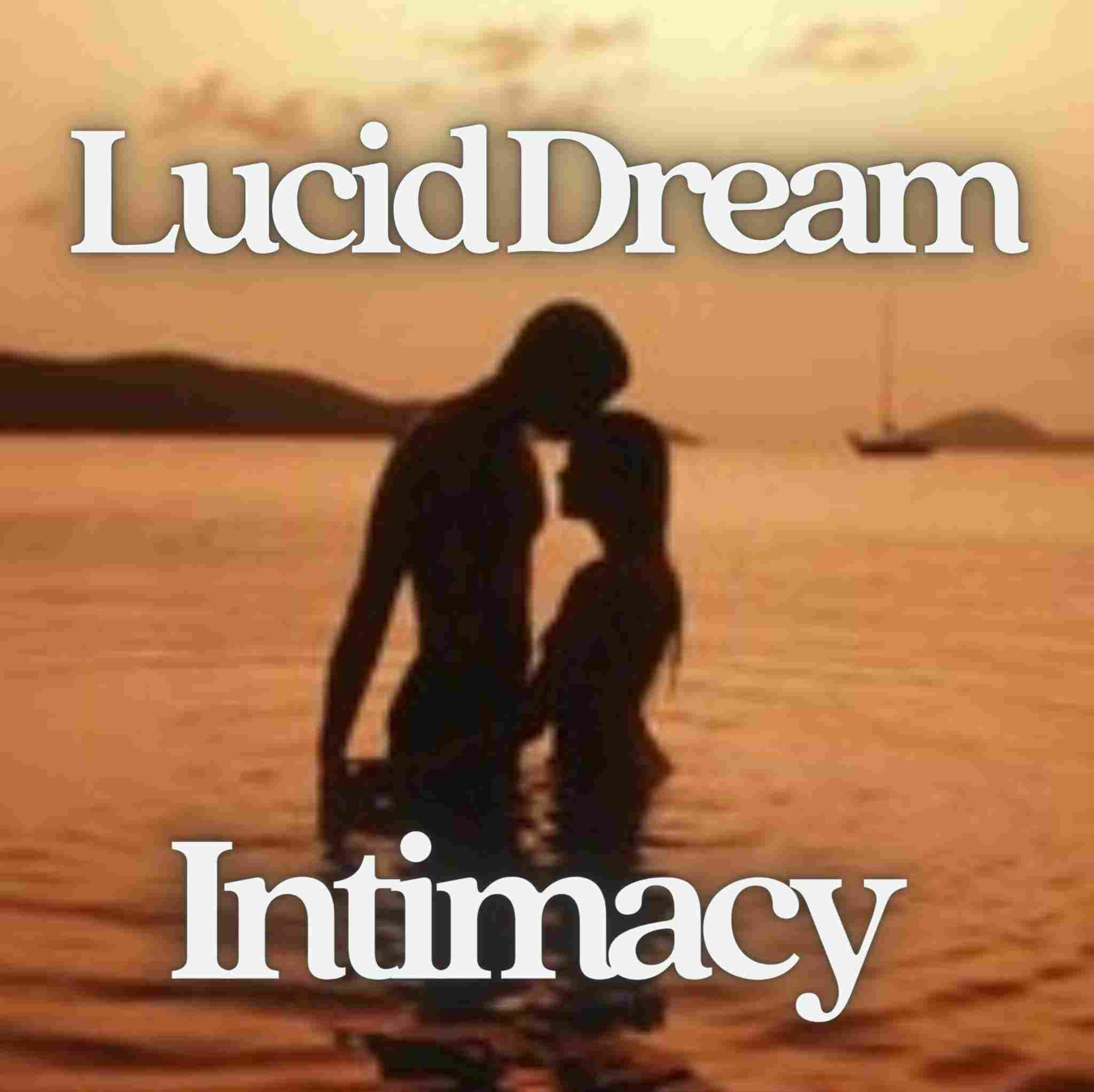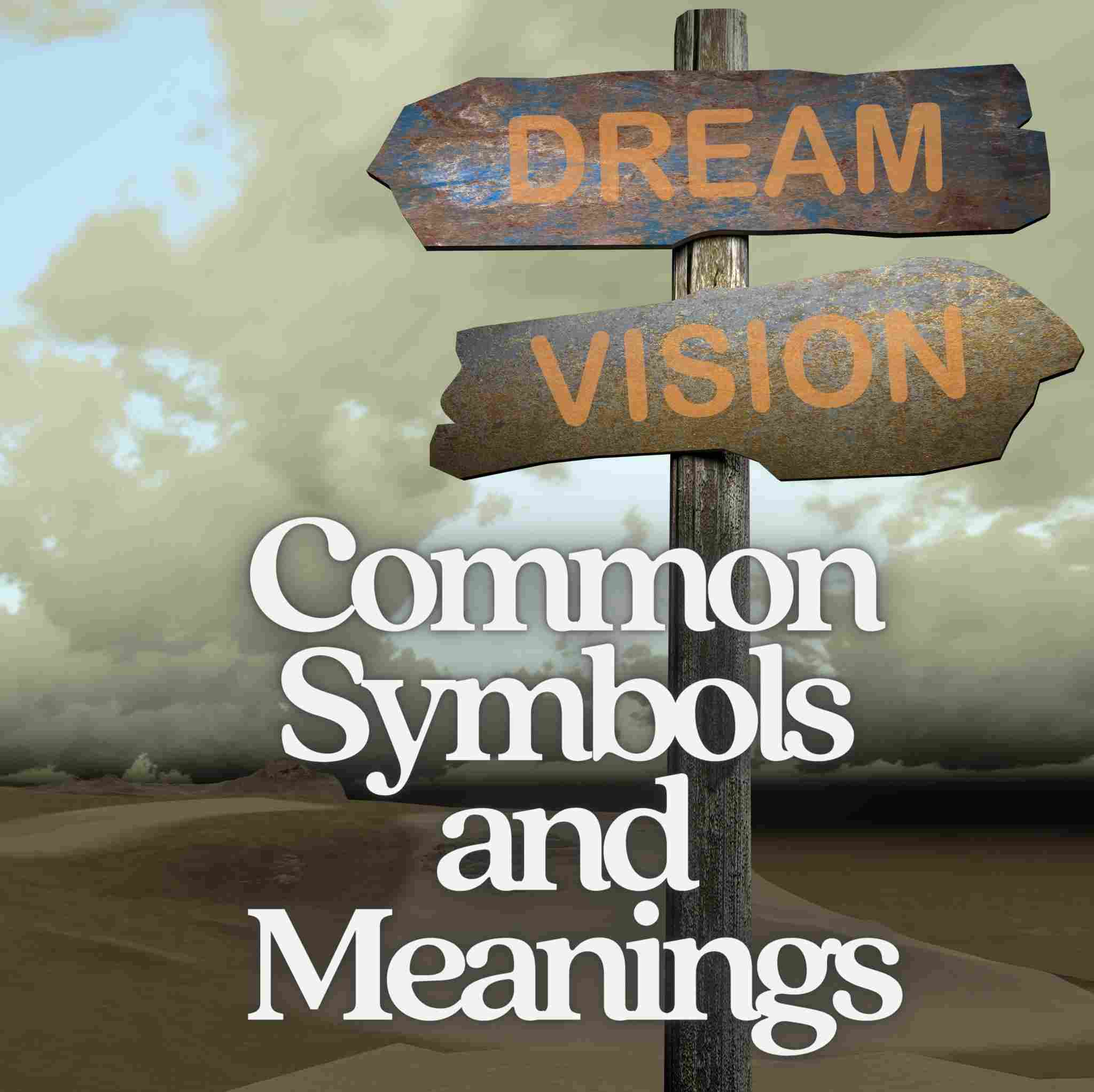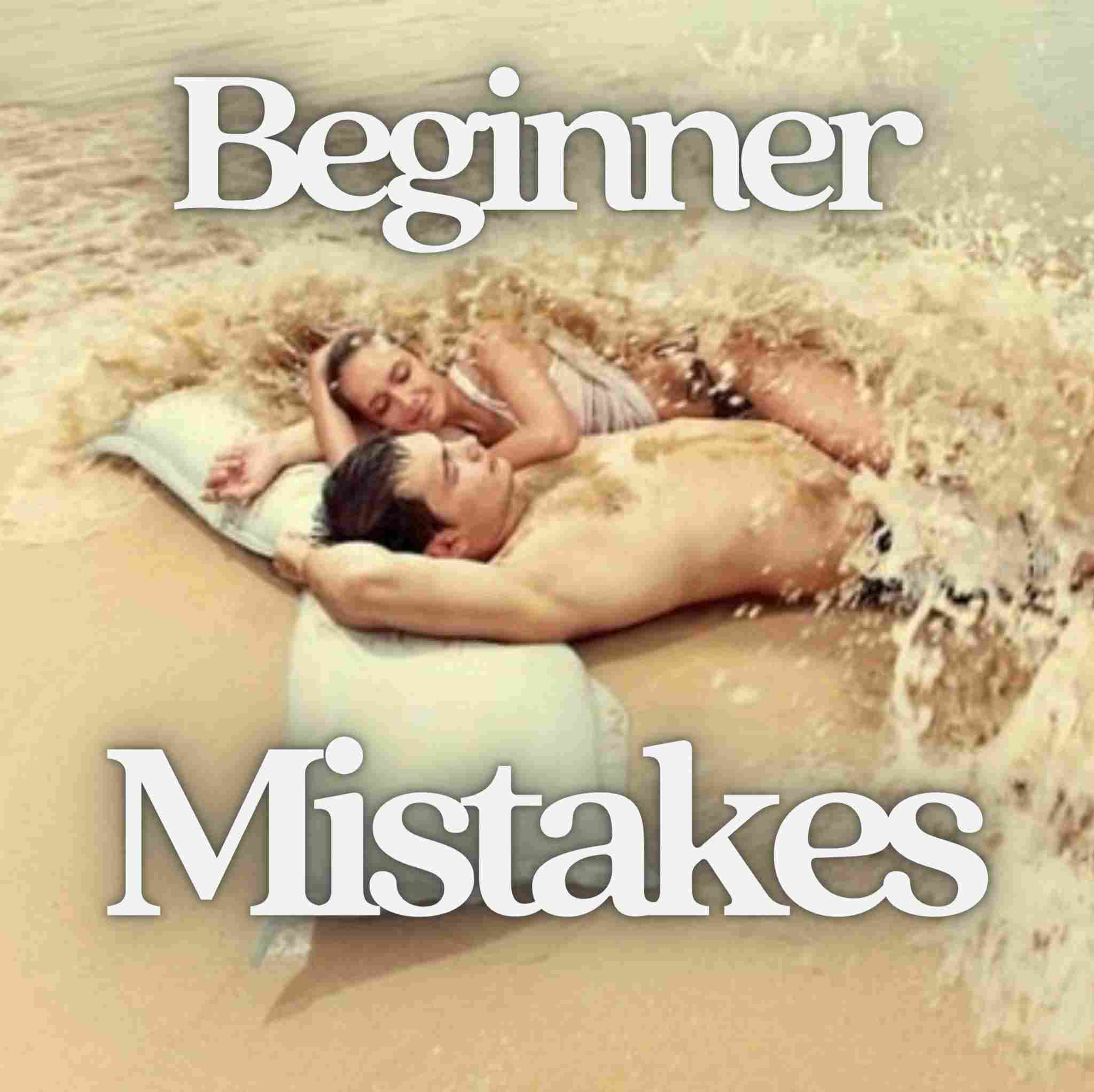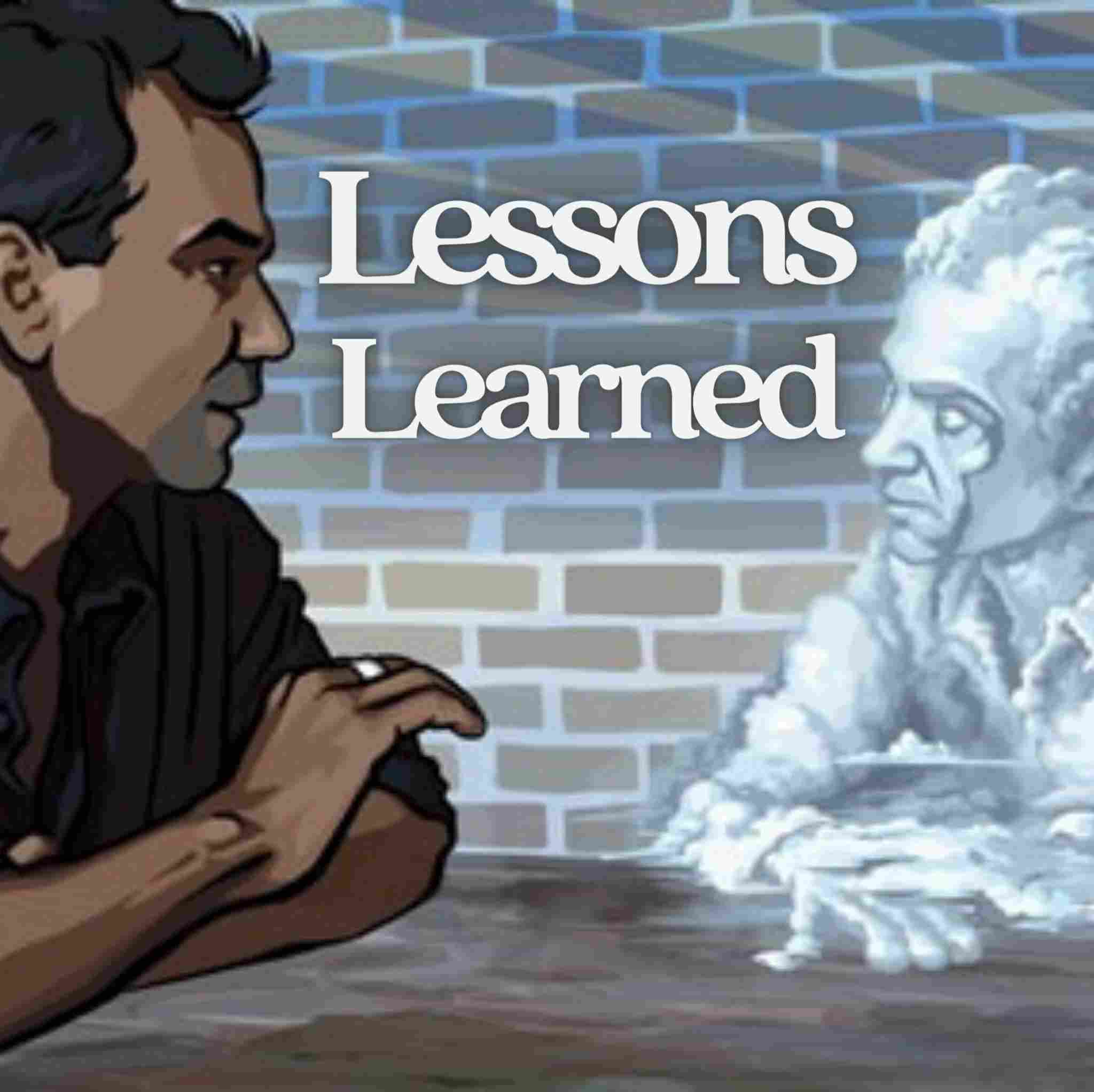Physical Healing in Lucid Dreams
Physical healing in lucid dreams is an idea that has been explored extensively by lucidity researchers Ed Kellogg and Robert Waggoner. Their first-hand experiments and research have revealed some tentative correlations between lucid dream healing and actual physical healing of the body. While the placebo effect reveals the mind's ability to heal the body without medication, could a similar mechanism be triggered with lucid dreaming?
Is Lucid Dream Healing Real?
Robert Waggoner has been experimenting with lucid dreaming for more than 30 years, logging 1,000+ lucid dream experiences of his own.
In Lucid Dreaming: Gateway to the Inner Self, Waggoner devotes a chapter to lucid dreamers' successful and unsuccessful attempts at healing their physical bodies. While noting Dr Stephen LaBerge's lucid dream research (which showed that lucid dream events appear to parallel brain events) Waggoner reports some lucid dreamers have taken this idea further. Through focused intent, they sought to repair their own bodies with lucid dream healing.
"Being consciously aware in the dream state may allow the lucid dreamer to influence unconscious body mechanisms, much like excellent subjects in deep hypnosis," Robert Waggoner reports. "In any case, the anecdotal reports show lucid dreamers have had apparent success with stopping internal bleeding, reducing fever and signs of infection, speeding recovery from fractures, reducing uterine cysts, and healing scar tissue."
How To Do Lucid Dream Healing
The lucid dreamers sought to achieve dream healing in a variety of ways, Waggoner notes. While lucid dreaming, some consciously manipulated their dream body and mentally projected healing thoughts on the diseased area. Others directed healing intent to the diseased area, which often manifested as light shooting from their hands. One group even created a healing environment or healing potion.
Ed Kellogg has done the most to investigate lucid dream healing: "Ed first experimented on himself in 1984 by becoming lucidly aware in a dream, and seeking to heal a severely infected tonsil," Robert Waggoner explains. "Upon waking, the signs of infection and the pain had decreased by about 95%. With Ed's doctorate in biochemistry, he takes a very scientific approach to this subject and has pioneered healing in lucid dreams."
However some lucid dreamers did not report any noticeable success with their attempts at lucid dream healing. This group, Waggoner discovered, was more likely to try indirect methods of healing, such as seeking medical advice in the lucid dream. "It appears that lucid dreamers who seem to have success with healing, act directly on the problem, focus their healing intent, and have a stronger expectation of success."
To learn more about the concept of lucid dream healing, check out Robert Waggoner's acclaimed book: Lucid Dreaming: Gateway to the Inner Self.

